Forget the Checklist: How to Plan a Party That Actually Feels Fun
After years in the trenches of event planning, I’ve seen just about everything. From fancy corporate galas to chaotic kids’ parties in the mud. And I can tell you one thing for sure: a great party has almost nothing to do with how much money you spend. It’s all about having a solid game plan and knowing where to focus your energy.
In this article
So many people think planning is just a to-do list: buy balloons, order cake, send invites. But a truly memorable party is built on something deeper. It’s about managing people, timing, and the little problems that always, always pop up. Honestly, the best lessons I ever learned didn’t come from a course; they came from a catering truck breaking down an hour before dinner or a surprise thunderstorm crashing an outdoor party. This guide is about the stuff that happens behind the scenes to create that feeling of effortless fun.
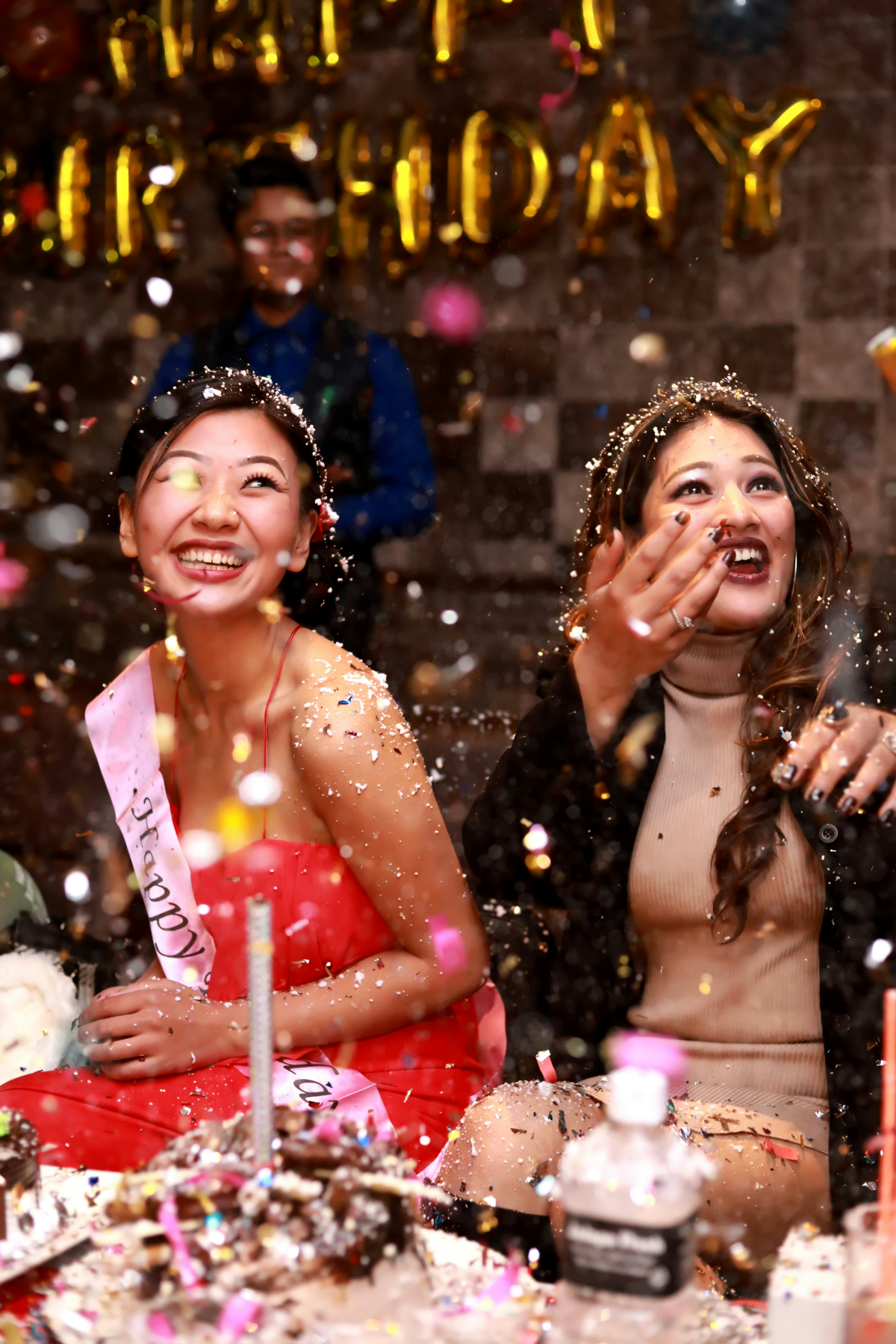
First Things First: The ‘Why’ and the ‘Who’
Before you even think about a theme or a venue, you have to nail down two things: Why are you having this party, and who is it really for? These answers will guide every single decision you make. It’s the most important step, period.
Defining Your Party’s Real Goal
Is the point to honor the birthday person with heartfelt speeches and quiet chats? Or is it to let a bunch of overworked friends finally cut loose and dance all night? Maybe it’s for a kid who just wants to run wild with their pals. The ‘why’ sets the whole vibe. A party for deep connection needs comfy seating and music at a volume where you can still talk. A high-energy dance party, on the other hand, needs a great sound system and food you can eat with one hand.
To be frank, getting this wrong is the fastest way to a dud. I once saw a party for a total introvert planned with a booming DJ and flashing lights. The guest of honor looked like they wanted to crawl into a hole. The planner had a generic idea of ‘party’ instead of focusing on the person.
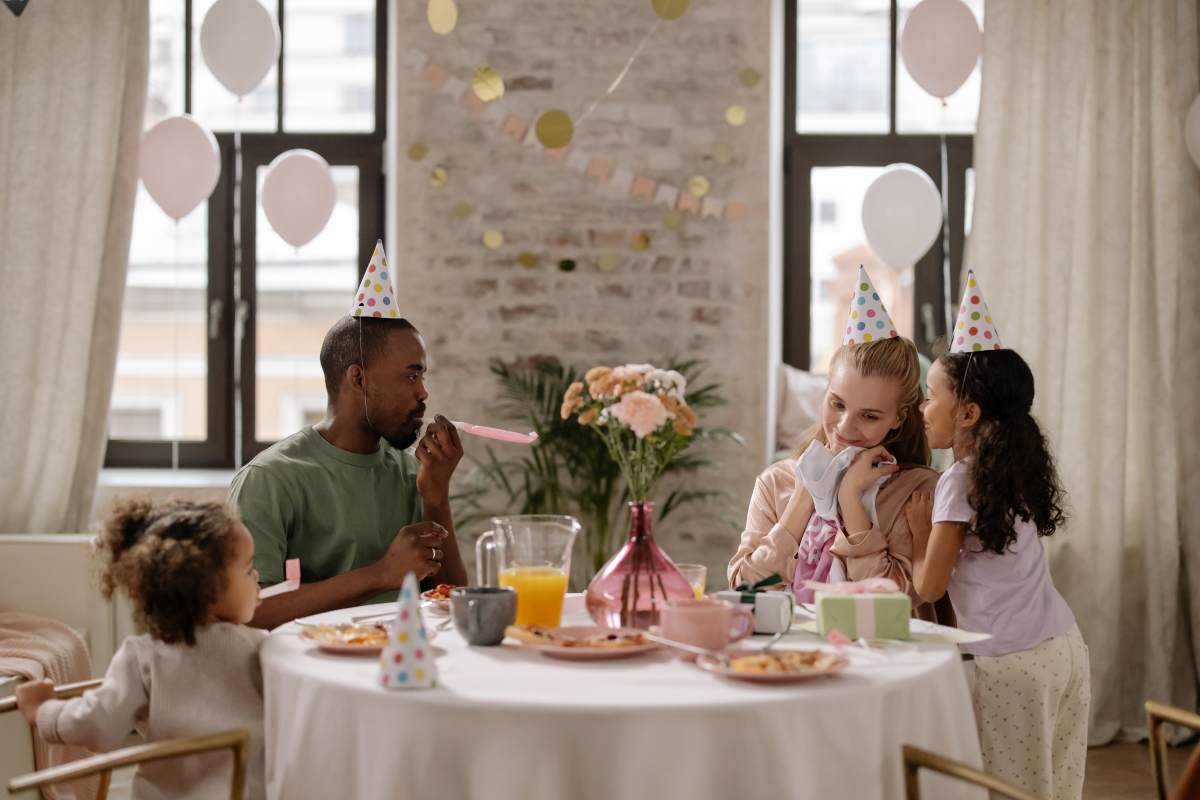
To make it super clear, ask yourself these questions:
- What’s the one feeling I want guests to leave with? (e.g., relaxed, energized, connected)
- What’s an activity the guest of honor genuinely loves, even if it’s not a typical ‘party thing’ like board games or a movie screening?
- Is this a ‘mingling’ event or a ‘sit-down’ event?
- Who are the most important people to keep happy here? (The birthday person, the grandparents, the kids?)
- Realistically, what time of day suits the guest of honor and the main attendees best?
Thinking Like a Guest
Next, put yourself in your guests’ shoes. Their experience starts with the invitation. Is it clear? Does it mention the dress code (even ‘casual’ is helpful!) and where to park? When they arrive, do they know where to go? Is there an obvious spot for coats and bags? A good host anticipates these small moments of confusion.
The flow of the space is also critical. Always walk through the venue and imagine it full of people. Where will lines form for the bathroom or the bar? Is the path clear? If people feel cramped or lost, they feel stressed. A good layout is invisible—it just works.

Your Pre-Party Game Plan: What to Do and When
Okay, you’ve got your foundation. Now, how do you keep from getting overwhelmed? You need a timeline. Not for the party itself (we’ll get to that), but for the weeks leading up to it. This prevents that last-minute panic.
- 6-8 Weeks Out: The Big Picture. This is the time to set your budget, nail down the guest list, pick a date, and book your venue. If you’re hiring in-demand vendors like a specific photographer or caterer, book them now, too.
- 4-5 Weeks Out: Make It Official. Send out your invitations. This gives people plenty of notice. Now is also the time to plan your menu and entertainment.
- 1-2 Weeks Out: The Details. Follow up with anyone who hasn’t RSVP’d (more on that below!). Confirm details with all your vendors. Plan your decor and create a shopping list for everything you need.
- The Final Week: Go Time. Go grocery and supply shopping. Do any deep cleaning or yard work if you’re hosting at home. Prep any food that can be made ahead of time. And most importantly, create your day-of timeline, which we call the ‘run of show.’
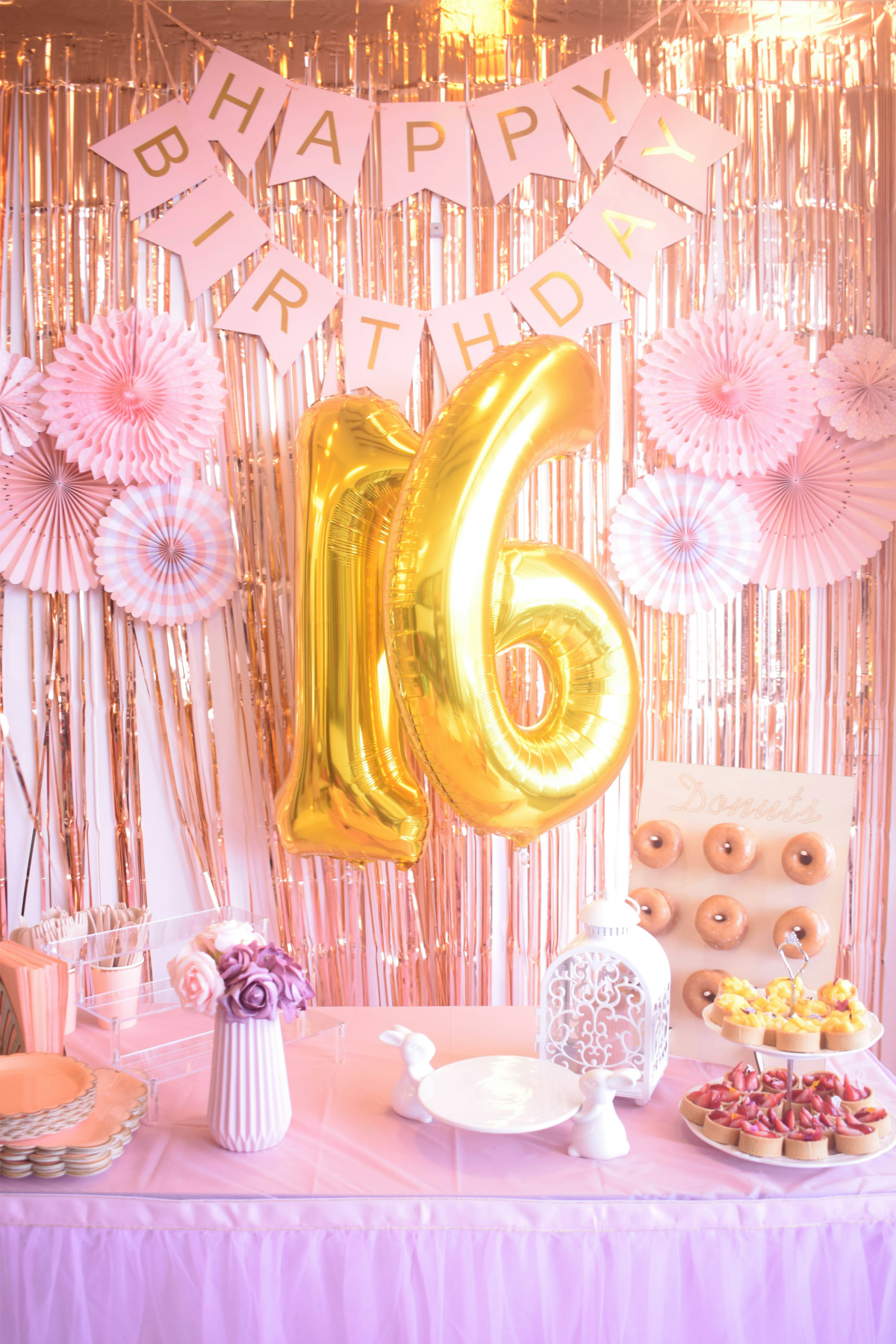
The Professional’s Playbook: Money, Venues, and Vendors
With your ‘why’ and your timeline set, you can tackle the logistics without making costly mistakes. This is the nuts and bolts of it all.
Budgeting That Actually Works
A budget isn’t just a number; it’s a plan. Saying you have “$1,000” is a start, but you need to know where it’s going. The pros often use a percentage-based approach as a starting point. It’s not a rigid rule, but it helps you see where your money should go.
- Venue & Rentals (30-40%): This is usually your biggest chunk, covering the space, tables, chairs, etc. Hosting at home drops this cost, but you might spend more on renting things like glassware or a tent.
- Food & Drink (30-40%): The other big one. This includes all food, drinks, cake, and any bartenders or servers.
- Entertainment (10-15%): This is your DJ, band, or even just a quality speaker rental. Good to know: Don’t cheap out on sound. Bad audio can ruin a great playlist.
- Decorations & Favors (5-10%): The fun stuff! This is the easiest place to save money with DIY, but be honest about how much time you really have.
- Contingency Fund (5-10%): This is non-negotiable. Seriously. This is for the ice running out, the extra propane tank you need, or the tent getting damaged in a freak hailstorm (yes, that happened to me). This fund turns a disaster into a manageable problem.
Let’s make this real. Say you have a $250 budget for a casual backyard party. Using these percentages, it might look like this: You’re hosting at home, so your ‘venue’ is free. You allocate a bit of that budget ($25, or 10%) to renting a couple of extra tables. Food and drink gets the biggest share, about $100-$125 (40-50%), for a build-your-own taco bar and drinks. Entertainment is a great Spotify playlist on a rented Bluetooth speaker for $25 (10%). Decorations are a DIY balloon arch and some string lights for $25 (10%). That leaves you with a $50-75 cushion for your contingency fund—perfect for that last-minute run for more chips and salsa.
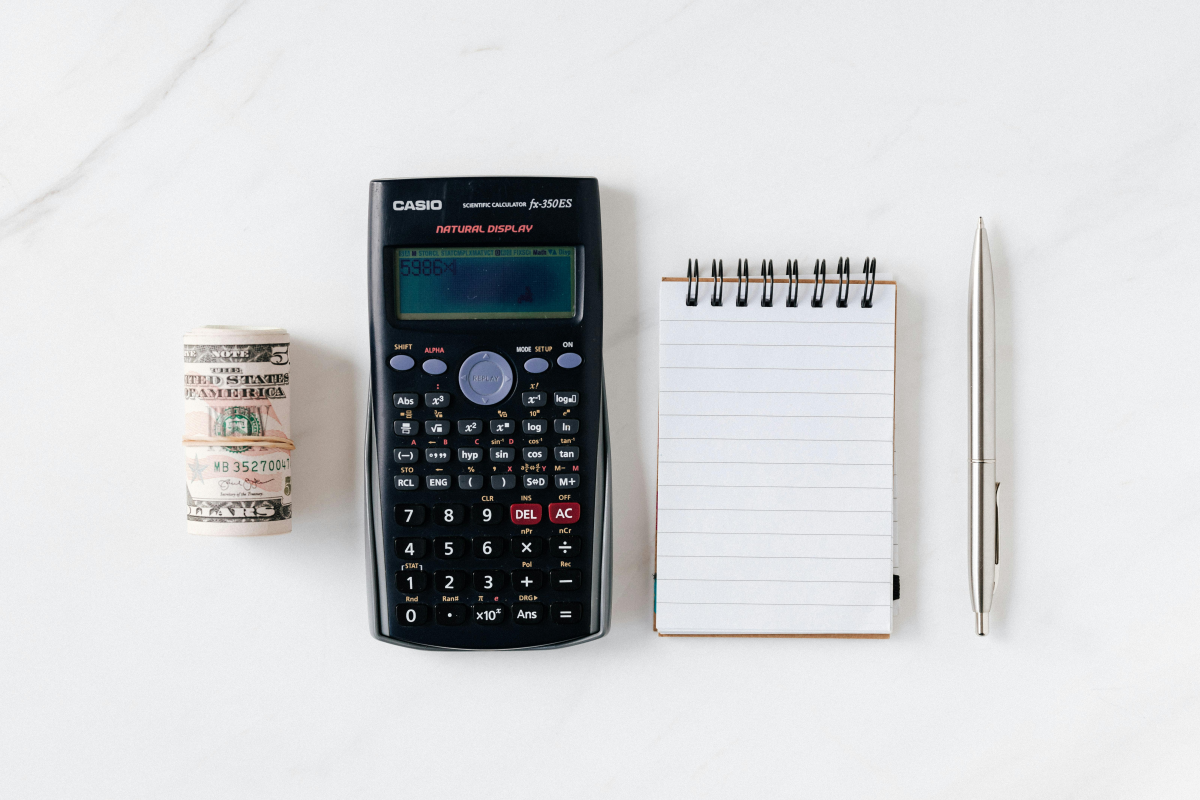
Finding a Venue: The Smart Questions to Ask
Choosing a venue is more than just finding a pretty space. If you’re renting a hall, ask the manager these questions:
- What, exactly, is included in the fee? Are tables and chairs extra?
- Are there hidden fees? Ask specifically about ‘service charges’ or ‘cake-cutting fees.’ These can sometimes add a whopping 25% to the bill.
- Can I bring my own vendors, especially my own caterer? Some venues have exclusive lists that can lock you into pricey options.
- What are the cancellation policies? For both you and them.
- Do I need to get event insurance? Many venues require it. It’s usually not too expensive (around $50-$100 for a one-day policy) and gives you massive peace of mind.
Oh, and if you’re looking for budget-friendly spots? Don’t forget local parks (just check if you need a permit!), a friend’s apartment clubhouse, or even co-hosting with someone who has a bigger space.

Hiring Help: Vetting Your Vendors
Good vendors are partners; bad vendors are a nightmare. When hiring someone, get everything in writing. A simple contract that outlines the date, time, services, and cost protects everyone. If a potential vendor is cagey about a contract, that’s a huge red flag.
Quick tip: Ask the manager at your chosen venue for a list of vendors they enjoy working with. They’ve seen it all and know who is reliable and who causes problems.
The Day-Of Game Plan: Your ‘Run of Show’
On party day, you can’t just wing it. The pros run every event on a document called a ‘run of show.’ It’s a minute-by-minute timeline for the whole day, and it’s your secret weapon for a stress-free party. You don’t need fancy software; a simple spreadsheet or even a note in your phone works perfectly.
A simple one might look like this:
- 2:00 PM: Host arrives at venue.
- 3:00 PM: DJ arrives for setup and sound check.
- 4:30 PM: Final decor touches. Background music starts.
- 5:00 PM: Party starts! Bar open, appetizers out.
- 6:30 PM: Main food served.
- 8:00 PM: Cake and ‘Happy Birthday.’
- 10:30 PM: Party ends.
Give a copy to anyone helping you—your partner, the caterer, the DJ. Now everyone knows what’s next, and you’re free to actually talk to your guests instead of directing traffic.
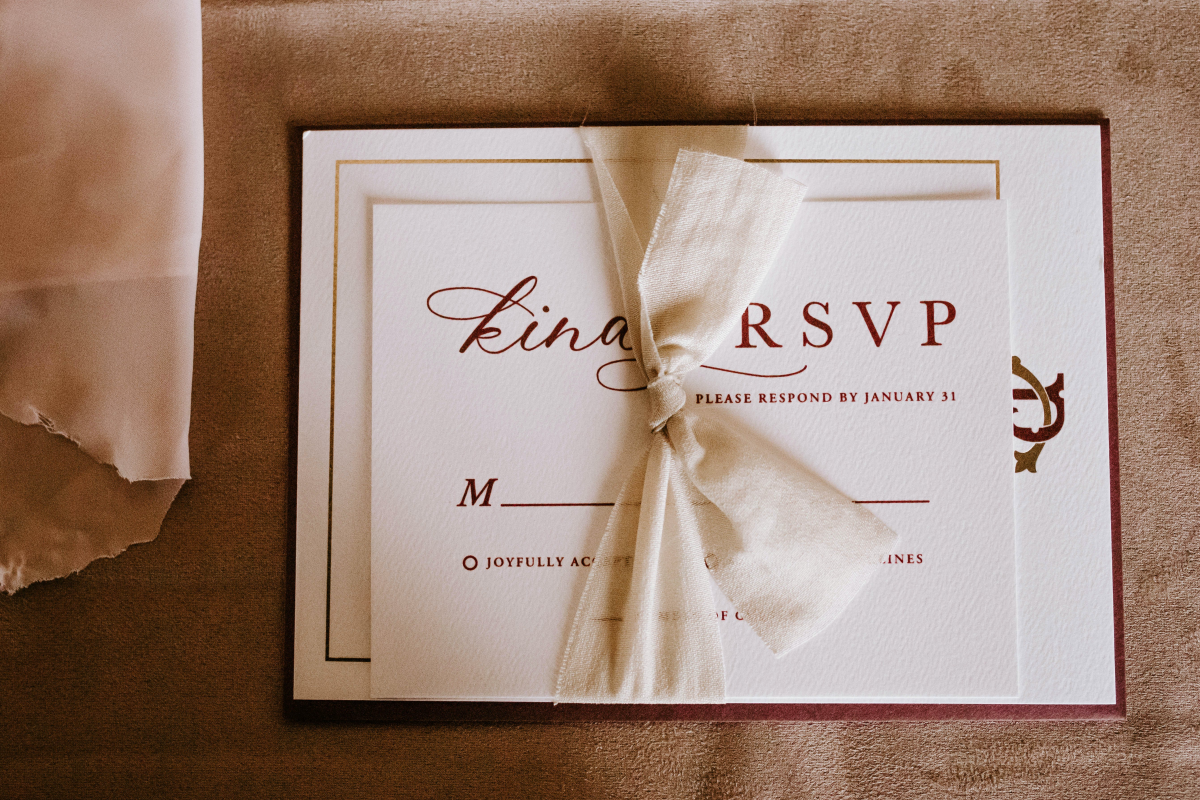
When Things (Inevitably) Go Wrong
No party is perfect. The key is how you handle the bumps. Here are a few common ones:
Problem: The caterer is running late.
Solution: This is why you always have drinks and some simple snacks (like a cheese board or a bowl of olives) ready to go the second the party starts. This buys you at least 30-45 minutes. Don’t announce the problem; just let guests mingle. Your calm keeps the party’s energy up.
Problem: Not enough people are dancing or talking.
Solution: You, the host, set the tone. Get out there and introduce people. Give them a conversation starter: “Sarah, this is John. He’s the one I was telling you about who also loves to travel!” To get dancing started, grab a friend and be the first one on the floor. It might feel awkward for a minute, but others will join in.

Problem: Half your guests haven’t RSVP’d by the deadline.
Solution: The eternal struggle! It’s totally okay to follow up. A polite, low-pressure message works wonders. Try something like: “Hey! Just finalizing the numbers for Mike’s birthday party on Saturday and wanted to make sure you saw the invite. Hope you can make it, but no worries if not! Just let me know by tomorrow so I can get a final headcount. “
Safety First (And Your Host Survival Kit)
Being a host means you’re responsible for your guests’ well-being. This is serious stuff.
For food safety, remember the two-hour rule. Hot food needs to stay hot (above 140°F) and cold food needs to stay cold (below 40°F). Anything left in that ‘danger zone’ for more than two hours gets risky. This is why pulled pork in a slow cooker is a party hero, while a mayo-based potato salad sitting in the sun is a potential villain.
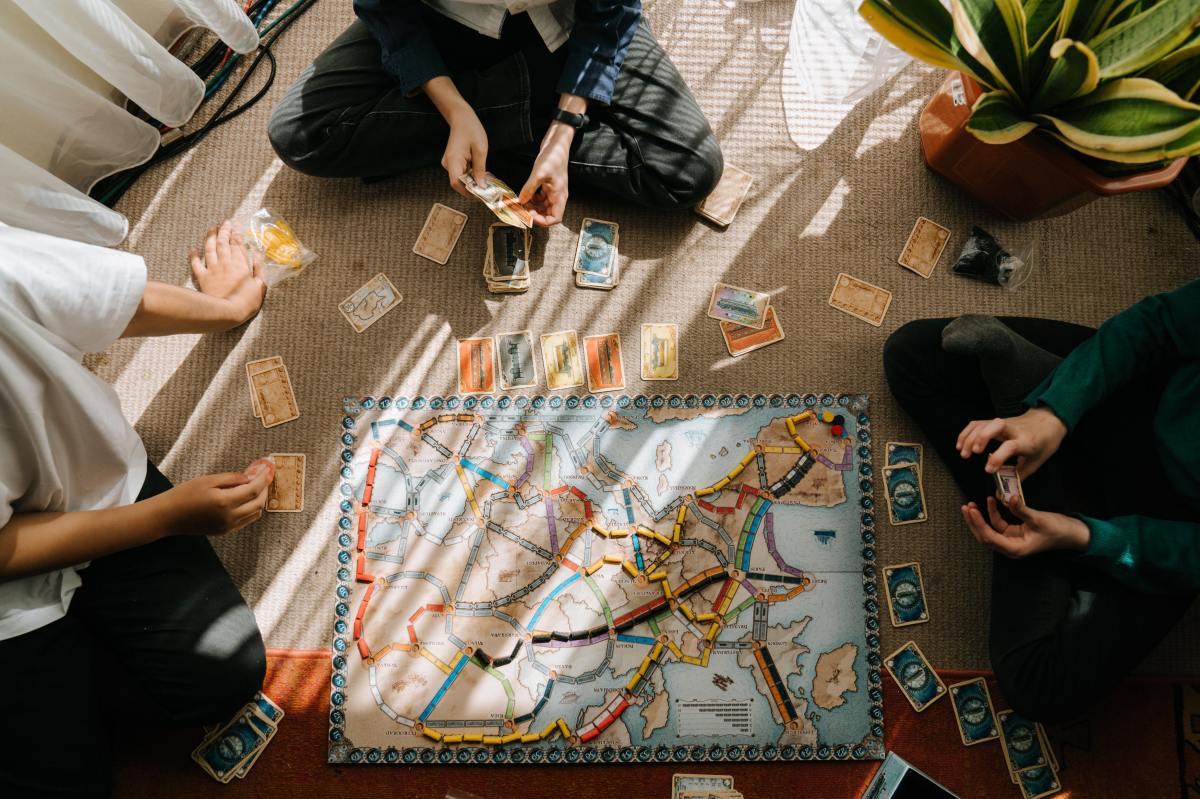
If you’re serving alcohol, you carry a lot of responsibility. Always have plenty of non-alcoholic options and food available. Encourage designated drivers or have the number for a local cab service handy. For a bigger party, hiring a certified bartender isn’t just fancy—it’s smart. They know how to politely cut someone off, which can be a lifesaver.
By the way, every pro has what I call a ‘Host’s Survival Kit.’ It’s a small bag with things that solve 99% of party emergencies. Forget a basic first-aid kit; you need this:
- Duct tape and zip ties (for fixing literally anything)
- A good stain remover pen
- Extra trash bags
- A portable phone charger
- A lighter and a few candles (for the cake… or a power outage!)
- Pain reliever and allergy meds
- A permanent marker
Trust me, having this little kit on hand will make you feel like a superhero. Planning a party is work, for sure. But by focusing on the foundation, planning for problems, and remembering the ‘why,’ you can throw a celebration that people will talk about for all the right reasons. And best of all? You’ll actually get to have fun, too.

Galerie d’inspiration
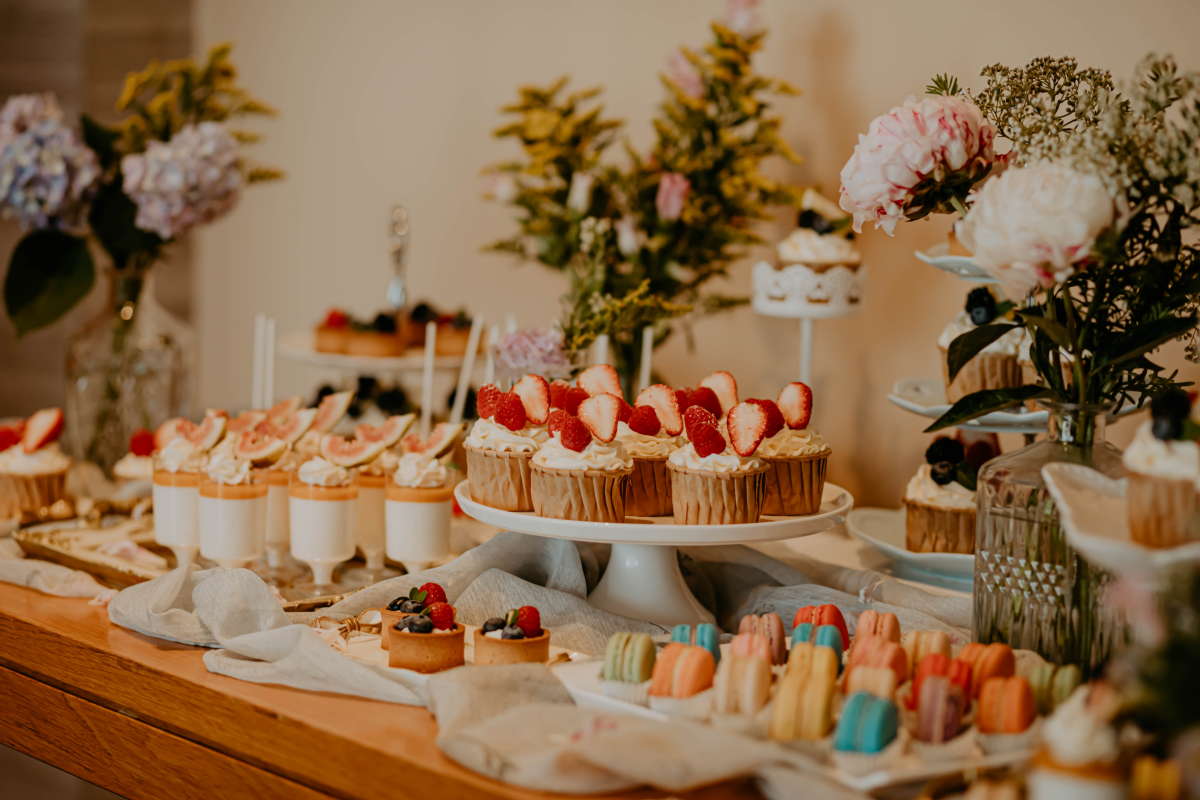
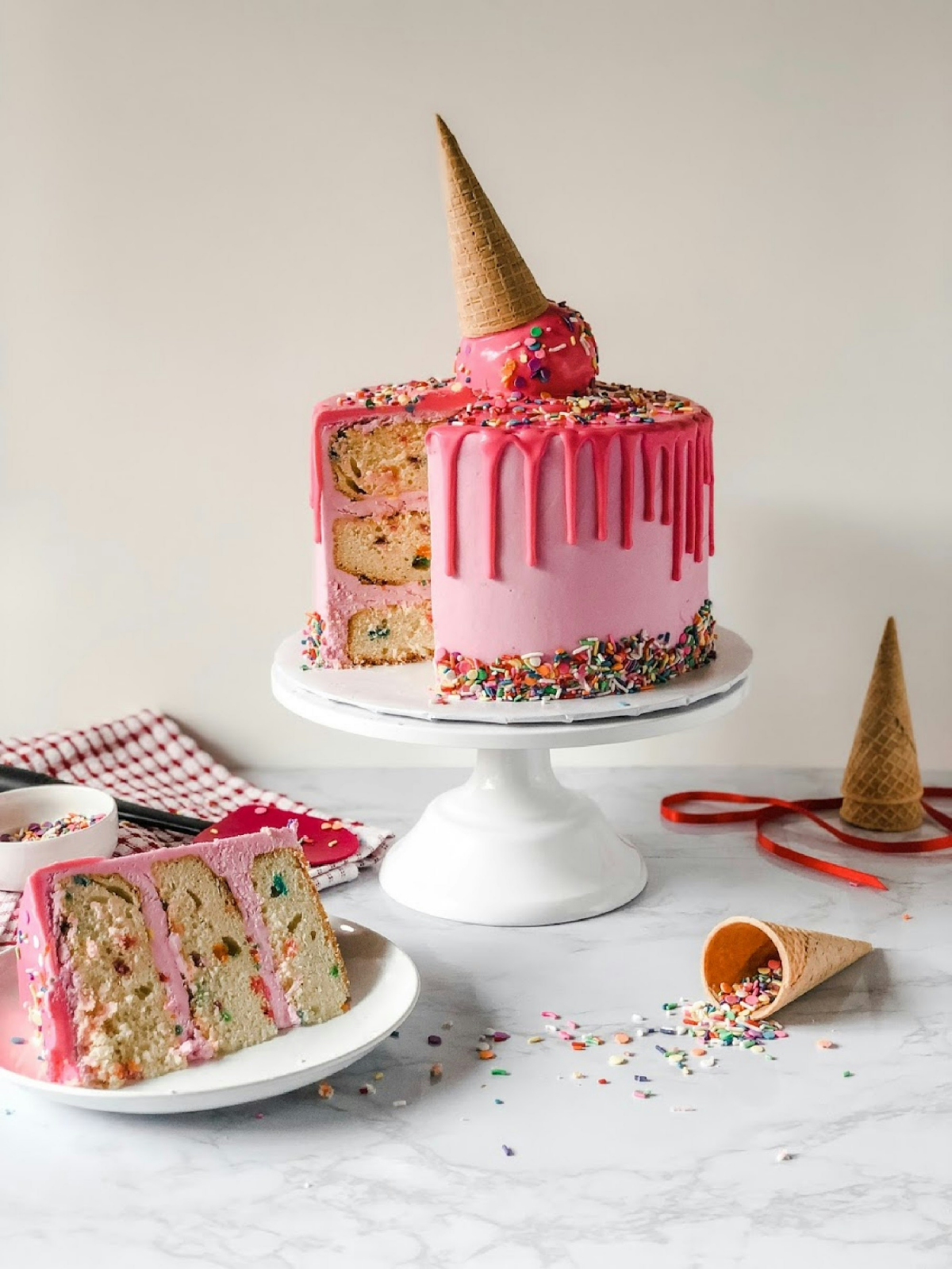
- Guests feel immediately welcomed and relaxed.
- It prevents that awkward huddle at the entrance.
- It sets a smooth, flowing pace from the very beginning.
The secret? Master the first five minutes. Have a designated, obvious spot for coats and bags. Offer everyone a drink (alcoholic or not) the moment they walk in. Lastly, have a low-key playlist from a service like Spotify or a Sonos system already playing to fill any initial silence.
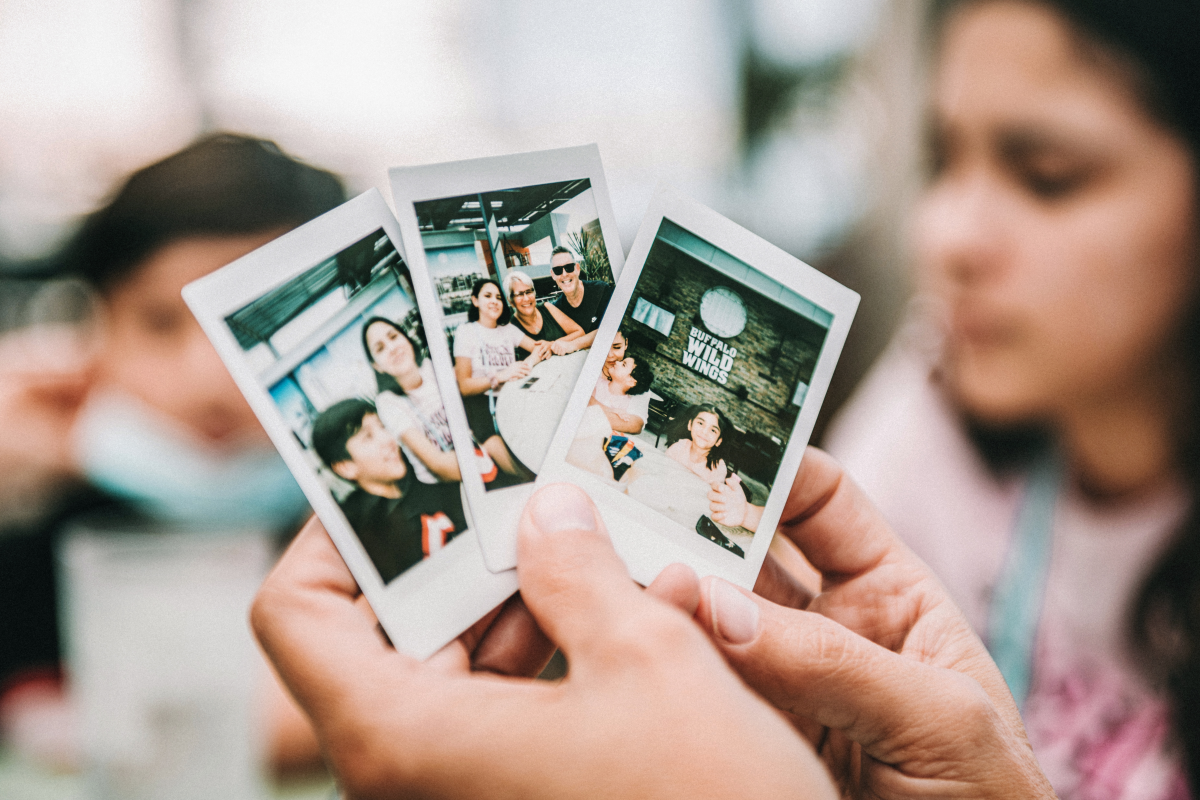
A study from Yale University found that people singing or moving to music in a group showed increased feelings of social connection and cooperation.
This means your playlist is more than background noise; it’s an active tool for bonding. Don’t just hit play on a random mix. Curate three distinct moods: a mellow, welcoming vibe for arrivals, an upbeat tempo for the party’s peak, and something smooth and relaxing for the wind-down period.

The fatal flaw of many parties isn’t the food, it’s the lighting. Harsh, bright overhead lighting feels like a cafeteria and makes everyone want to leave early. The goal is to create warm pools of light. Use lamps, turn on dimmer switches, and incorporate string lights or candles (safely!). Aim for a warm color temperature (around 2700K) to make the space feel intimate and flattering.
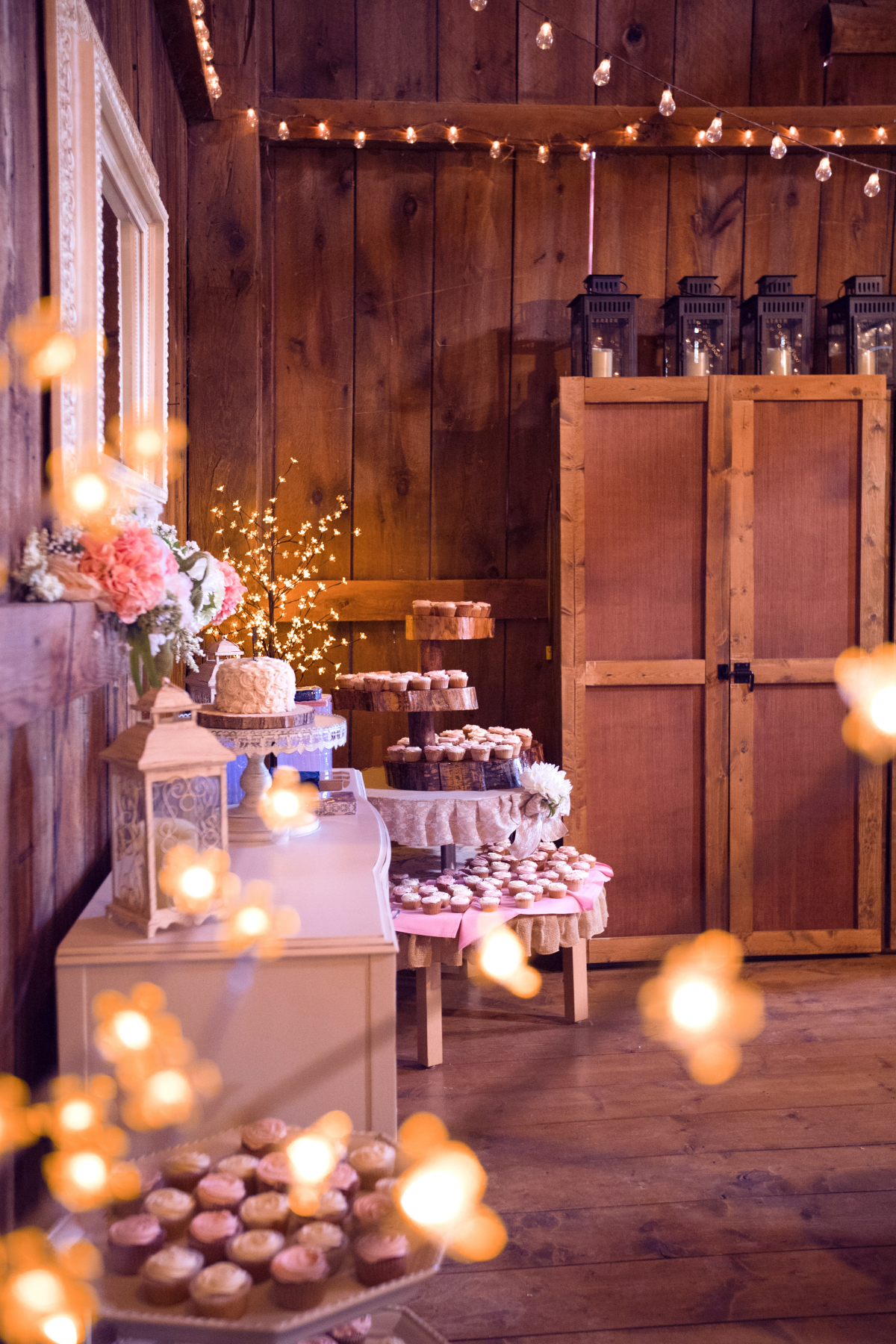
How do you get different groups of friends to actually talk to each other?
Create a low-pressure ‘interaction hub’. Forget cheesy icebreakers. A well-stocked, DIY drink station is perfect for this. Set up a “Build Your Own Spritz” bar with Aperol, prosecco, club soda, and garnishes like orange slices and olives. It gives guests a shared, fun activity and a natural reason to start a conversation with someone new.

Give your party a signature scent. Our sense of smell is powerfully tied to memory and mood. Thirty minutes before guests are due, light a sophisticated candle in the main living area and entryway. Avoid overly sweet or food-like smells. A fresh, complex scent like Diptyque’s ‘Figuier’ or Jo Malone’s ‘Lime Basil & Mandarin’ creates an impression of effortless luxury the moment people walk in.

Self-Serve Buffet: Ideal for large crowds and encouraging mingling. Guests can eat when they’re ready, and it allows for a wider variety of dishes. The downside? It can sometimes create queues and feel less communal.
Family-Style Platters: Best for sit-down or more intimate gatherings. Placing large platters on tables encourages guests to interact and share, creating a warm, connected atmosphere. It instantly makes a meal feel more like a special occasion.

The ‘Grazing Table’ trend isn’t just for looks; it’s a strategic move for hosts. It allows guests to eat at their own pace throughout the event, reducing the pressure of a single, timed meal service.
Instead of a formal dinner, consider an elaborate grazing table from a local caterer or assemble your own with cheeses, charcuterie, artisan breads from a bakery like Poilâne, olives, fruits, and dips. It becomes a stunning centerpiece that invites casual, continuous interaction all night long.
To prevent a messy, chaotic cleanup, think in zones. Place a stylish recycling bin and a separate trash can in a visible but discreet corner—not just in the kitchen. For drinks, use a bar cart or a designated side table with a tray to contain spills and used glasses. This simple organization keeps the party space feeling fresh, not trashed, even hours in.










